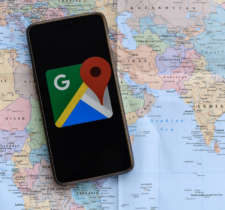I explored to what extent the new European Electronic Communications Code delivers on the promises of a Digital Single Market.
The approach taken by the Commission in the Review of the EU regulatory framework for electronic communications networks and services and the coming European Electronic Communications Code is a comprehensive one – and well thought of. Unlike the Commission’s previous attempt, the so-called ‘Connected Continent’ that took various hardly related ideas out of context and threw them into one basket, the new proposal recognises the complexity of the task.
Delivering fibre optics to the Europeans
EU NGA policy is no longer something dealt with separately, by the Commission Recommendations, but rather an integral part of the proposed Electronic Communications Code. This is good in terms of both the prominence of these rules and legal certainty. However, the proposal lacks a strategic shift.
European markets are indeed too heterogeneous to rely on a one size fits all approach, and differing best practices can be found from Bulgaria to Sweden. But what almost all local successes have in common is their lack of reliance on the vertically integrated incumbent operator timely replacement of legacy copper with fibre.
Although the concept of a vertically separated undertaking has been enhanced in the latest Review of the EU regulatory framework for electronic communications networks and services, separation of an undertaking is still either a remedy of last resort or a gentle nudge.
Incentives to both divest and invest, be it sticks or carrots, are missing. European Commission seems to still lack the boldness and the confidence of the policy-makers and regulators in Australia, New Zealand, Singapore and some of the Gulf states.
The OTT compromise
The Electronic Communications Code features a compromise as to OTT communications that resemble traditional telephony. They would be regulated as voice services if they used the numbers from the national numbering plan(s).
The Commission clearly had to do something about the European industry pressures regarding the ‘level playing field’. However, this brand new compromise has surprisingly a lot in common with the old US concept of ‘interconnected VoIP services’. We shall see how robust the new European distinction proves to be in the long run.
As the Commission points out, OTT services that do not rely on traditional phone numbers such as WhatsApp will be subject to more focused obligations in relation to their servers and networks security, disabled users’ equivalent access, and, once the standards have been established, the 112 emergency access.
You can read our full report on the newly proposed EU Electronic Communications Code by signing up to our Knowledge Centre.






